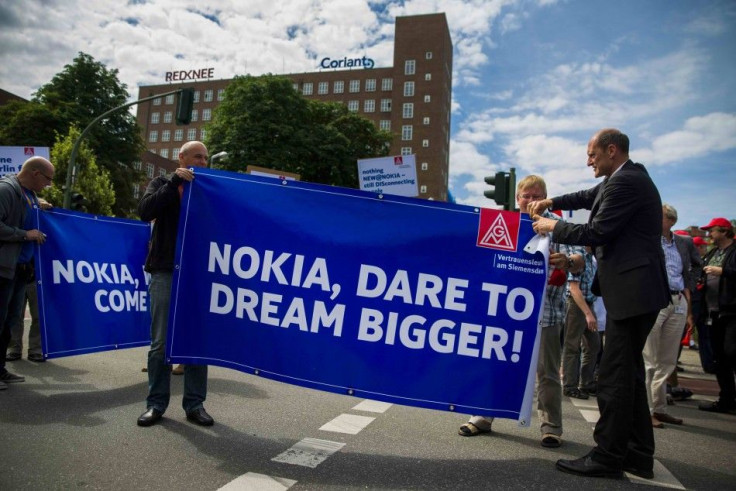Nokia Brand: Still Undead And Plans For A Comeback

The Finnish company is not closing its door for renewed success and is thinking of strategies on how to revive its brand name after it was acquired by Microsoft for $7 billion. Nokia's chief executive Rajeev Suri revealed the company's plan to make a comeback to the consumer world.
In an investor's presentation in London, Suri shared the company's aim to have the brand licensed to other firms. He said that to start up with a new handset will not be feasible enough for them. Apparently, licensing is the best opportunity that the company is looking at and the potential of other tech companies paying Nokia to use its brand name on their products, Reuters reports.
Last week, Microsoft has officially dropped the Nokia name on its latest Lumia 535 smartphone. This year the company's brand ranking fell to an extremely low, sinking at number 98 among the world's best known corporate names. According to a survey by market researcher Interbrand, this year's ranking is very low compared to its fifth rank back in 2007.
In connection to the acquisition, Microsoft has a 10-year license to use the Nokia brand. Nokia too will have the right to license its brand name to third parties in the fourth quarter of 2016. The company also has the right to provide license for other devices especially those that do not compete with anything that Microsoft sells.
During the event in London, the Nokia Technologies presentation slides verified that Nokia will be unable to license its brand name for handsets till fourth quarter of 2016. Based on the notes provided by Nokiapoweruser.com, the company considers in entering the industrial and software design and ODM management fields as significant investment areas.
This means that Nokia might control software and design area of handset manufacturing aside from providing brand license to ODMs like Compal and Foxconn among others. The business set-up will be beneficial to the company as it will promote low costs and will ensure quality of licensed devices.
Obviously, the success of Apple and Samsung plus Nokia's inability to cope up the two giant's products were the major reason of the company's downfall. Provided that Nokia will be able to sell licenses then definitely the brand will be here to stay.






